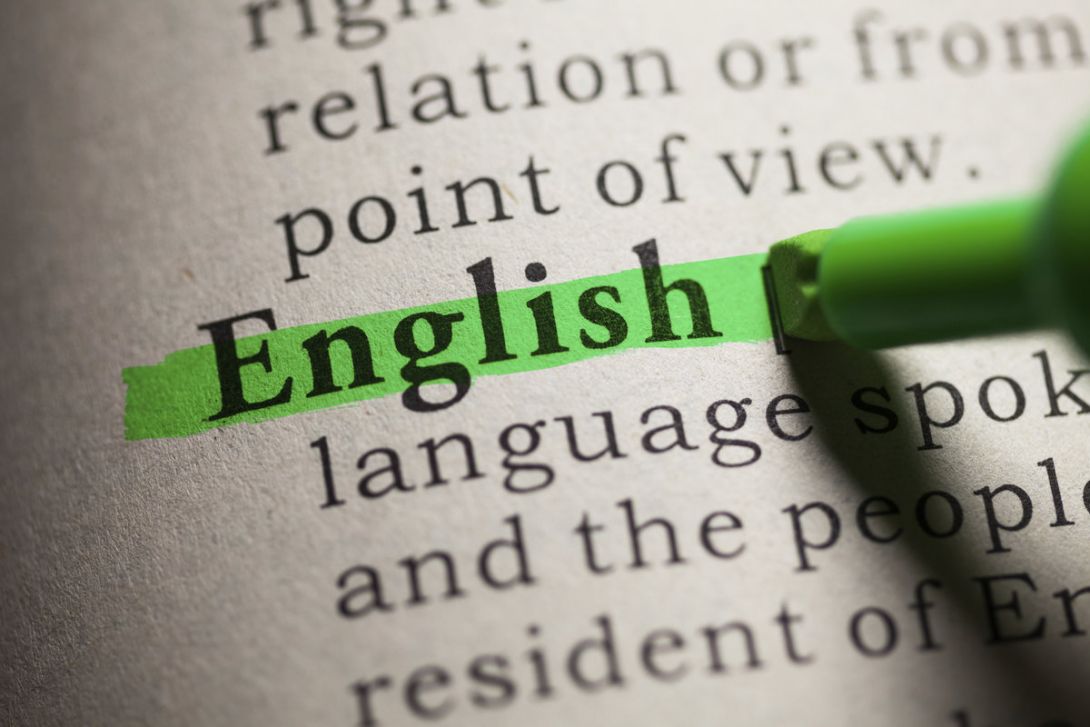IGCSE Literature: Comparative Analysis of Selected Works

Comparative analysis is a key component of the IGCSE Literature curriculum, allowing students to explore connections, themes, and techniques across different literary texts. Engaging in comparative analysis enables students to deepen their understanding of the texts, develop critical thinking skills, and articulate insightful interpretations. Here's how students can approach a comparative analysis of selected works in IGCSE Literature:
1. Selecting Texts for Comparison:
- Choose two or more literary works that share common themes, motifs, or stylistic elements. Consider how the texts complement each other and offer contrasting perspectives or insights into a particular topic or issue.
2. Identifying Common Themes and Motifs:
- Identify the central themes, motifs, and symbols present in each text. Common themes might include love, identity, power, conflict, or justice. Pay attention to recurring symbols or imagery that contribute to the overall meaning of the works.
3. Analyzing Characterization and Relationships:
- Analyze the characterization of key characters in each text, paying attention to their personalities, motivations, and development over the course of the narrative. Compare and contrast the relationships between characters in different works and consider how they contribute to the themes of the texts.
4. Examining Narrative Structure and Style:
- Examine the narrative structure, point of view, and stylistic techniques employed by the authors. Compare the use of narration, dialogue, symbolism, imagery, and other literary devices to convey meaning and create atmosphere in the texts.
5. Exploring Social and Historical Contexts:
- Explore the social, cultural, and historical contexts in which each text was written. Consider how societal norms, values, and events influence the themes, characters, and conflicts depicted in the works. Compare the ways in which each author responds to or reflects upon their respective contexts.
6. Highlighting Differences and Similarities:
- Highlight significant differences and similarities between the selected works, focusing on both thematic content and narrative techniques. Consider how the authors approach similar themes or motifs in different ways and explore the implications of these differences for interpretation.
7. Considering Authorial Intentions:
- Consider the intentions and perspectives of the authors in writing their respective works. Investigate how the authors' backgrounds, experiences, and literary influences shape their narratives and thematic concerns. Reflect on the authors' purposes in addressing particular themes or issues.
8. Formulating a Thesis Statement:
- Develop a clear and focused thesis statement that articulates the central argument or interpretation of the comparative analysis. Your thesis should highlight the significance of the similarities and differences identified between the selected works and provide a roadmap for your analysis.
9. Supporting Arguments with Evidence:
- Support your thesis statement with evidence from the texts, including direct quotations, plot summaries, and textual analysis. Provide specific examples to illustrate key points and demonstrate how the evidence supports your interpretation of the texts.
10. Drawing Conclusions and Implications:
- Draw conclusions based on your comparative analysis, considering the broader implications of your findings. Reflect on what the similarities and differences between the selected works reveal about the authors' perspectives, the themes explored, and the ways in which literature reflects or challenges societal norms and values.
Conclusion
By following these steps and guidelines, students can effectively conduct a comparative analysis of selected works in IGCSE Literature, gaining deeper insights into the texts and developing their analytical and interpretive skills.




